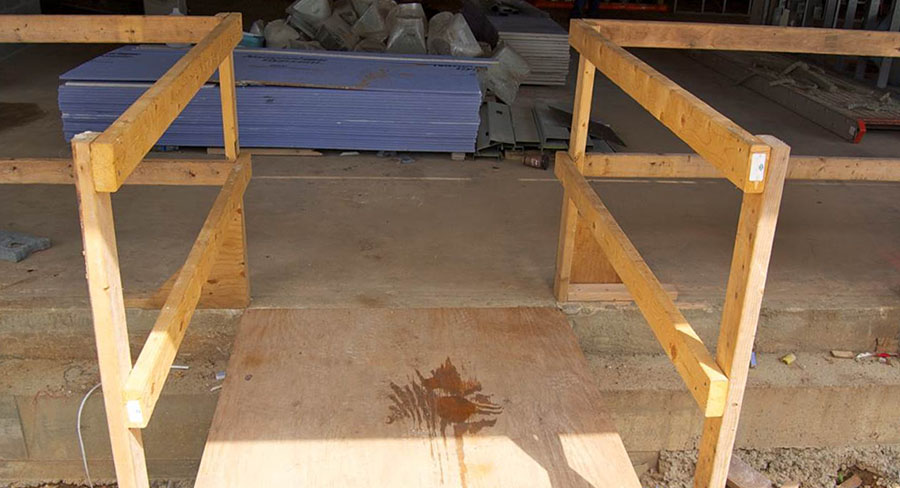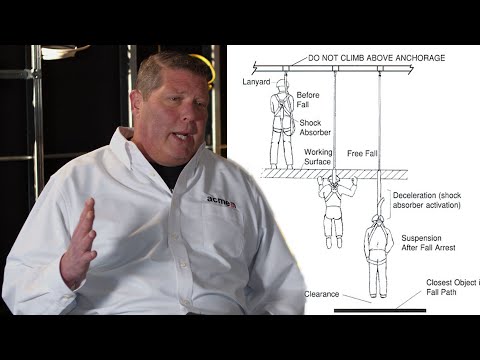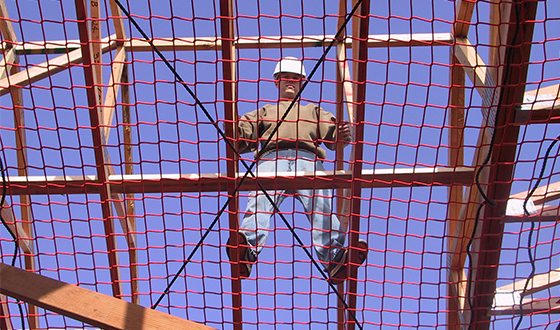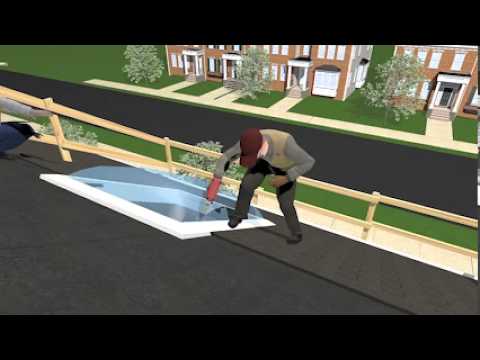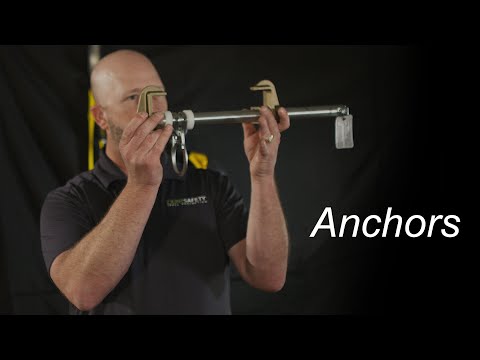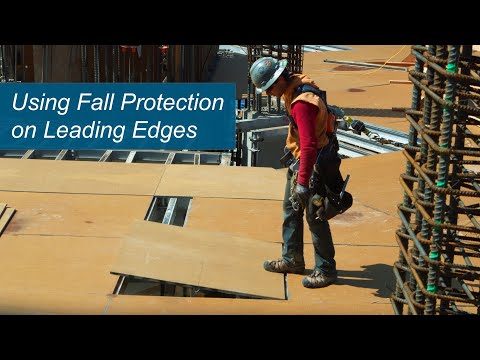In general, holes are what you walk into, and holes are what you bump into
A hole refers to roofs and floors—walking surfaces
"There's a crucial distinction between holes and openings when it comes to workplace safety. A "hole" refers to any opening in a horizontal surface, like floors, roofs, or similar walking-working areas, with a minimum width of two inches (5cm). Think of skylights on roofs – if not designed for specific weight capacity, they're considered holes."
Byron Snapp, Oregon OSHA Safety Enforcement Manager
"Remember, skylights aren't meant to prevent falls. As an inspector, I've seen handprints on dusty skylights - a terrifying sign of someone nearly taking a 25-foot plunge. Employers allowing roof work must consider not just edges but also those skylights. Installing guards is crucial to stop falls through these openings."
Ken Langly, Oregon OSHA Technical Specialist
Another example of a hole would be a trap door leading to a basement or cellar or a manhole cover. Removing their covers creates holes in walking surfaces.
An opening is a gap in a vertical surface
Now, an "opening" refers to a gap in a vertical surface like walls or partitions, at least 30 inches (76cm) high and 18 inches (46cm) wide, where a fall to a lower level is possible. Windows with removed glass or debris chutes are perfect examples."
"For window openings, the standard guardrail system is your best bet. Typically, you'd have a top board around 42 inches high, followed by another at 21 inches, and finally, a toe board. However, if there's a window seal, the toeboard isn't always necessary. In other cases, wall openings, travel restraint systems, or even personal fall arrest systems might be needed.
Jeff Johnson, ACME Construction Supply Co. Regional Safety Director
Remember, preventing falls through holes and openings is paramount. By understanding the distinctions and implementing proper safeguards, we can keep workplaces safe for everyone."
